How to Grow Spring Onions [Everything You Need To Know]
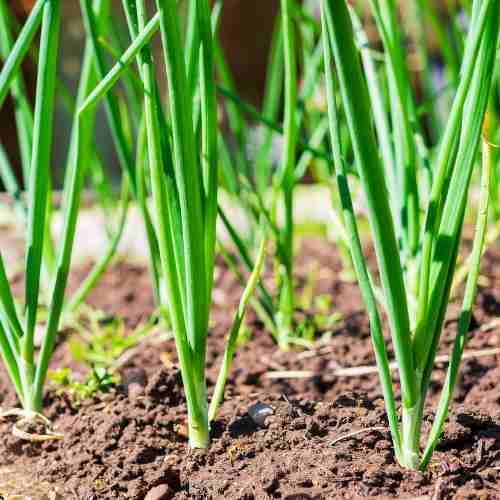
Spring onions, also known as scallions, are a versatile and easy-to-grow vegetable that can add a fresh burst of flavor to a wide variety of dishes.
Whether you’re an experienced gardener or just starting out, spring onions are the perfect crop for home gardening. Their small size, quick growth cycle, and low maintenance requirements make them an excellent choice for anyone looking to grow fresh produce in even the tiniest of spaces.
In this article, we’ll explore the best practices for growing spring onions at home, covering everything from planting to pest management and beyond.
Get our Gardening Buddy and find veggies that fit your conditions best.
You Can Grow It!
How to Grow Spring Onions at Home
Growing spring onions at home is simple, even for beginners. Whether you’re planting in your garden, in containers, or even on a windowsill, spring onions are a versatile and rewarding crop. Start by choosing a sunny location that gets at least 6 hours of sunlight per day. Spring onions thrive in well-drained soil, so ensure your containers have good drainage or amend your garden soil if needed.
You can grow spring onions from seeds, transplants, or even from kitchen scraps. If planting seeds, sow them about half an inch deep and space them about 2-3 inches apart. Water them regularly, keeping the soil moist but not waterlogged. Once they reach around 8-10 weeks, you can start harvesting the green tops and the small white bulbs. The great thing is you don’t need to pull the entire plant—you can trim what you need, and the onions will regrow for future harvests.
Check out the video to learn more.
Spring Onions Fit in Small Spaces
One of the best things about spring onions is that they don’t require much space to grow. You can plant them in small containers on a windowsill, balcony, or in a small garden bed. Even if you’re limited on outdoor space, spring onions can be grown in deep pots or planters, making them ideal for urban gardeners or those with only a small patio or balcony. They grow upright and don’t sprawl, so you can even plant them alongside other vegetables without worrying about them taking over.
Their compact nature also allows you to plant multiple crops in succession, so you can harvest and replant throughout the growing season without taking up too much space.
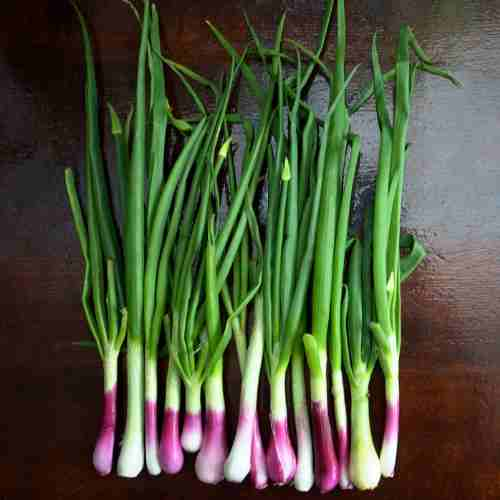
Spring Onions are Low Maintenance
Spring onions are one of the easiest vegetables to grow, making them perfect for beginners or busy gardeners. They don’t require much attention once planted. Simply ensure they get enough sunlight and water regularly to keep the soil moist. Spring onions aren’t heavy feeders, so you won’t need to worry too much about fertilizing them.
In terms of soil, they aren’t picky. While they thrive in well-drained soil with organic matter, they’ll still grow reasonably well in less-than-ideal conditions. Plus, spring onions are generally free of major growing issues, making them a low-maintenance addition to your garden.
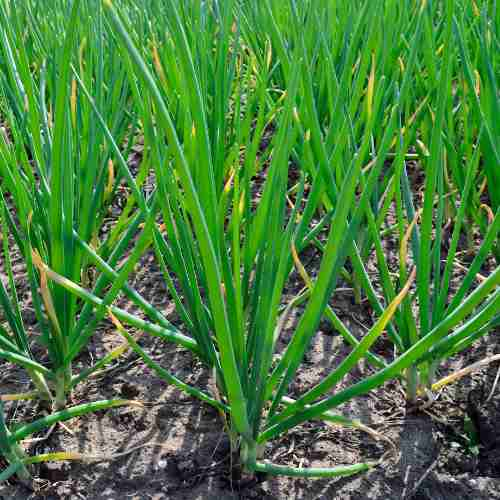
Spring Onions have a Fast Growth Cycle
Spring onions have a quick turnaround time, making them an excellent choice if you want fast results. From seed to harvest, it typically takes about 8-10 weeks, but you can start snipping the green tops earlier if you prefer. Their fast growth means you can plant them several times throughout the growing season, ensuring a continuous supply.
For even faster results, you can regrow spring onions from kitchen scraps. Simply place the white root end in water, and within a few days, new green shoots will start to grow. Once the roots have strengthened, transfer them to soil for a quick harvest.
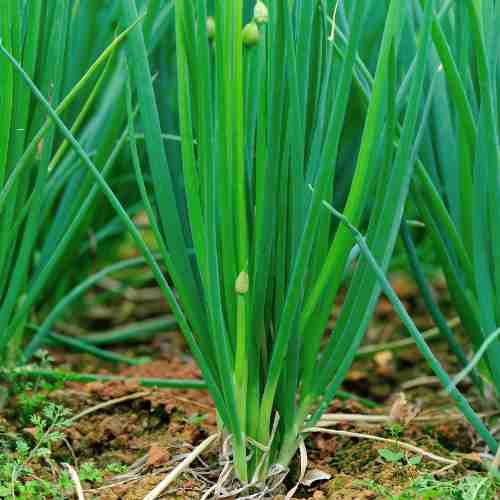
Spring Onions are Pest and Disease Resistant
Spring onions are naturally resistant to many pests and diseases that typically affect other vegetables. This makes them a reliable crop for home gardeners, as you’re less likely to face the frustrations of pest infestations or plant diseases. Unlike some other plants that are prone to aphids, slugs, or fungal infections, spring onions typically grow without much interference from pests.
This resistance allows you to grow them with minimal intervention, reducing the need for chemical pesticides or intensive pest management strategies.
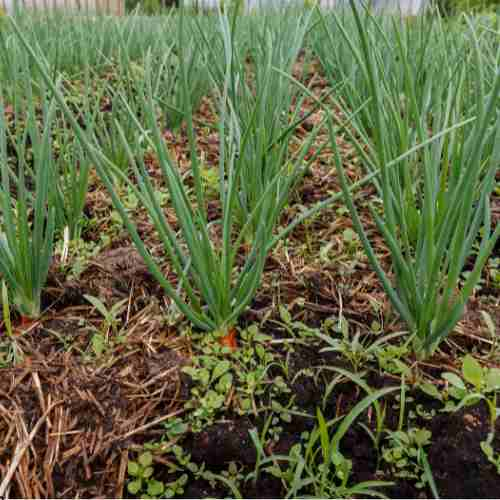
Spring Onions are Natural Pest Deterrents
In addition to being pest-resistant, spring onions can also act as a natural pest deterrent for other plants in your garden. Their strong smell helps repel pests like aphids, carrot flies, and other insects that can wreak havoc on your vegetable beds. Many gardeners plant spring onions alongside crops like carrots, lettuce, or tomatoes to create a natural barrier against pests.
By incorporating spring onions into your garden, you not only get a reliable harvest but also protect your other plants from common pests, creating a more balanced and healthy garden ecosystem.
With these benefits, growing spring onions is an easy and productive way to boost your home gardening efforts while keeping things low-maintenance and efficient.
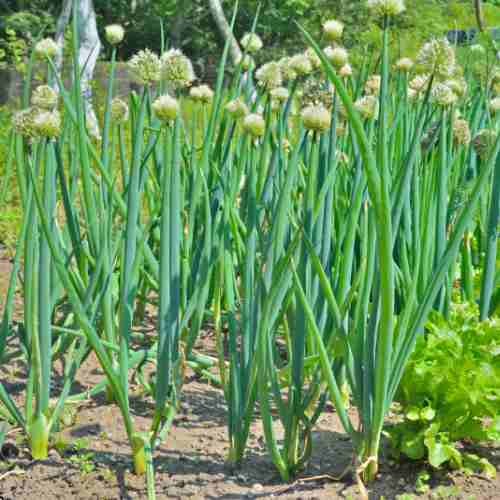
How to Harvest Spring Onions
Harvesting spring onions is one of the most satisfying parts of growing them, especially because you can enjoy multiple harvests from the same plants. The best time to harvest spring onions is when they reach about 6 to 8 inches in height, or when the white bulbs at the base are about the size of a pencil. If you prefer a milder flavor, you can harvest them earlier when the bulbs are smaller.
To harvest, simply use scissors or a sharp knife to cut the green tops about an inch above the base, leaving the white part and roots in the soil. This will allow the onions to continue growing, giving you multiple harvests from the same plants. If you want to harvest the entire plant, gently pull the onion out by grasping the base and pulling straight up.
Another option is to practice “cut-and-come-again” harvesting. This method allows you to cut just what you need and let the plant regenerate for future harvests. This technique is perfect for continuous fresh onions without having to replant.
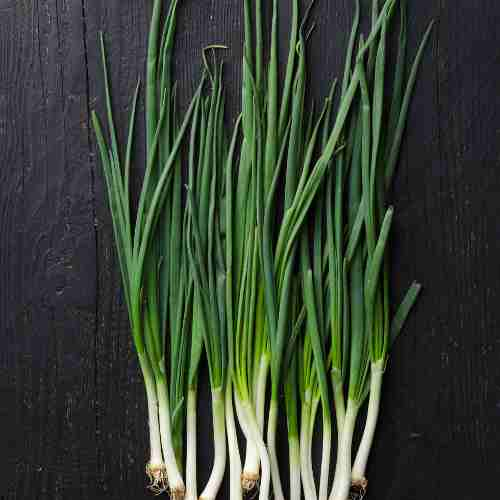
Companion Planting with Spring Onions
Companion planting is a smart gardening technique that allows different plants to support each other by improving growth, soil health, or pest control. Spring onions are excellent companion plants due to their natural ability to deter pests. Their strong smell helps repel insects like aphids, carrot flies, and spider mites, which can damage more vulnerable crops.
Some great companion plants for spring onions include:
- Carrots: Spring onions help deter carrot flies, which can otherwise damage your carrot crops.
- Lettuce: Planting spring onions near lettuce can help prevent aphid infestations, giving you healthier lettuce leaves.
- Tomatoes: Onions help repel pests that commonly target tomatoes, including aphids and certain beetles.
When planting spring onions as a companion plant, be mindful of spacing to avoid overcrowding, which can hinder growth. The key is to plant them strategically around your main crops to create a natural pest barrier while allowing enough sunlight and nutrients for all the plants.
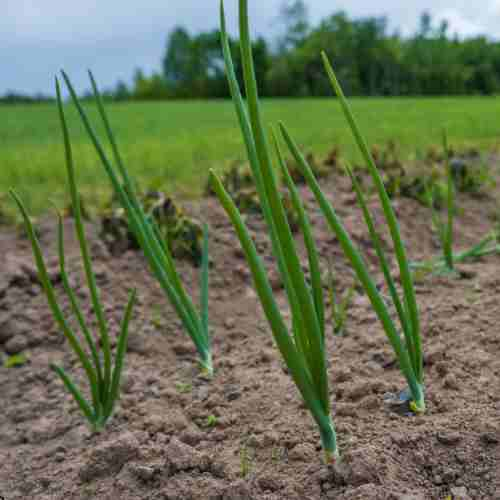
Spring Onions Watering and Soil Care
Watering and soil care are critical for growing healthy spring onions. These vegetables prefer well-drained soil that’s rich in organic matter. If you’re planting in garden beds, work compost or aged manure into the soil before planting to give the onions a nutrient boost. For container planting, use high-quality potting soil with good drainage.
Spring onions require regular watering, especially during dry periods. The soil should be kept consistently moist but not waterlogged, as too much water can cause root rot. A good rule of thumb is to water when the top inch of soil feels dry to the touch. To retain moisture and prevent the soil from drying out quickly, consider adding a layer of mulch around your plants. Mulch helps keep the soil cool, conserves moisture, and reduces the growth of weeds that might compete with your onions for nutrients.
During their growth cycle, spring onions don’t require heavy fertilizing, but a light application of a balanced fertilizer (such as 10-10-10) every 4-6 weeks can promote healthy growth, especially if the soil is lacking nutrients.
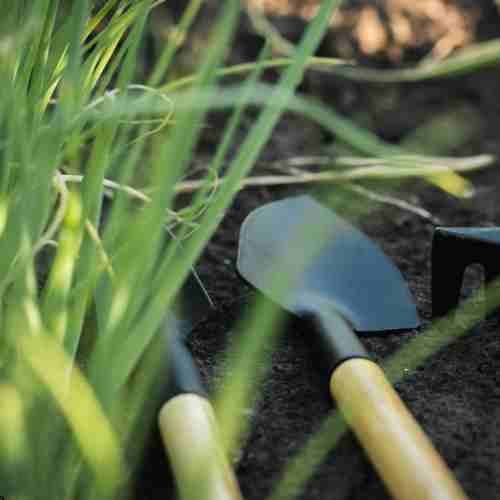
Growing Spring Onions Indoor vs Outdoor
Spring onions are versatile and can be grown both indoors and outdoors, making them an ideal crop for gardeners in any setting.
Growing Spring onions Indoors
If you have limited outdoor space or live in a colder climate, you can grow spring onions indoors year-round. Simply place pots or containers on a sunny windowsill where they can receive at least 6 hours of light each day. Since pots can dry out faster than garden soil, it’s important to check the moisture levels regularly and water as needed. Indoor plants might also benefit from occasional feeding with a diluted liquid fertilizer to make up for the lack of natural nutrients in containers.
Indoor growing is also great for regrowing spring onions from kitchen scraps. Place the root ends of store-bought spring onions in water and watch them regrow in just a few days. Once they have strong roots and fresh green shoots, transfer them into soil for a continuous harvest.
Growing Spring onions Outdoors
For those with a garden or even a small patio, outdoor growing offers the benefit of more sunlight and natural weather conditions. You can plant spring onions directly into garden beds or raised planters. Outdoor plants tend to grow faster and larger due to the extended exposure to sunlight. Just make sure the area gets at least 6 hours of sunlight per day and is protected from strong winds that could damage the delicate green stalks.
Outdoor growing allows for larger quantities and can be done in succession, ensuring you have fresh onions throughout the season. The only downside is that you might need to protect your plants from extreme weather or heavy rainfall, which can cause soil erosion or waterlogging.
In both indoor and outdoor environments, spring onions are flexible and forgiving plants that can thrive with just a little bit of care.
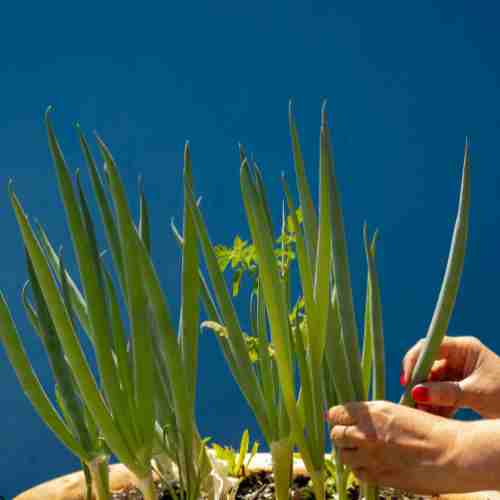
Find the Vegetables that are Best for you
Growing spring onions is not only easy but also highly rewarding. Their ability to fit into small spaces, quick growth cycle, and natural resistance to pests make them an ideal crop for any home gardener.
Whether you’re using them as a standalone crop or as a companion plant to protect other vegetables, spring onions are a fantastic addition to your garden.
With minimal effort, you’ll have fresh, flavorful onions at your fingertips, ready to elevate your cooking and enhance your meals. So, why not give spring onions a try in your home garden this season?
Get our Gardening Buddy and find veggies that fit your conditions best.
You Can Grow It!
Partners and Sponsors
We are forever grateful to our partners and sponsors. Send an email to team @ strongecho.com and let’s see how we can grow each other’s impact!





